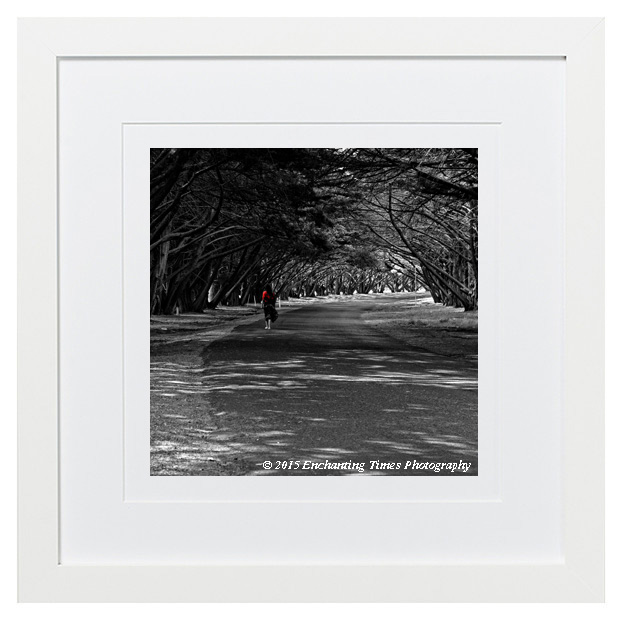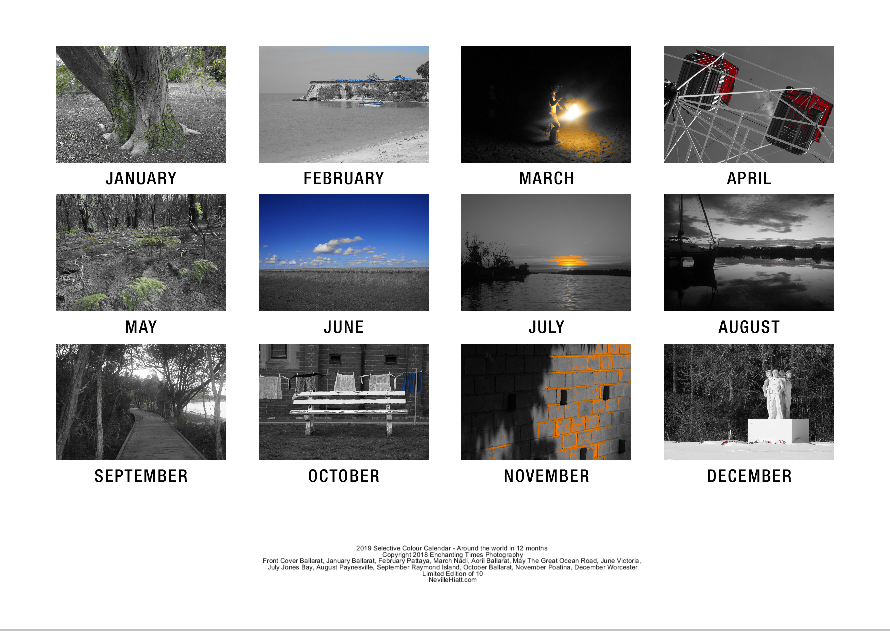One of the drawbacks of putting your creations out into the world is not knowing how they are received. If someone really loves your work you might hear from them. If they hate it you might hear from them too most feedback forums have a higher level of complaints than compliments usually. I can still remember calling a companies feedback hotline one day with a compliment because I loved their new product so much, the lady answering the phone was so surprised she sent me a gift card as a thank you, now that’s customer service.
I love reading the comments book during and after an exhibition and finding out how people have perceived what you’ve hung on the walls to share with them. On my own wall I have a couple of pieces of artwork people have created from stories I’ve written. They aren’t likely to win any art prizes and hold little to no monetary value but are among the most treasured works in my private collection.
Nothing can replace the instant feedback you get when you are in person with someone as they view your work. Some of the most memorable moments in my journey as an artist have been hearing people comment about what my work has evoked in them. Being not mega famous yet can also have it’s advantages, I’ve often been able to hear peoples reactions without them knowing it was the artist they were standing next too.
The easiest to remember of these moments was when an employee of a venue was outside having a smoke and we got to talking. She ended up commenting very honestly about the artwork inside to someone who she thought was just someone who was there to have dinner with friends. I’ve also had people share in private moments just how much they have connected with my more recent work.
In delivering one of my 2019 Calendars to someone recently I again was privileged to get that instant feedback and have an opportunity to share part of my creative process with them. Despite having been to one of my exhibitions of the Journeys series they asked how I got just one colour in the final image stating “I must be doing it during the edit on the computer” was there assertion. I made a point in the first Journeys series to do everything in camera. A very challenging creative choice to make when the only way a single colour will show up in the camera is if enough light is shining on it. This for me is part of the narrative in shooting in this way rather than shooting it in full colour and editing out all the other colours in post production. Not only does it limit the post production options which I’ve had certain words to myself over multiple times but it means during the shoot I am literally painting with light. One of the easiest examples of this is the shoot I did for Journeys 04.

At no point had I been shooting in colour would her shawl not have shown up as red. But using the selective colour setting in the camera it only showed up as red when she wasn’t in the shade of the trees. The more sun that reached her the more the red showed up in camera, yet my eyesight would be able to see the red the whole time. To give you an almost live idea of just how this works check out this video I made after the shoot.
I again felt privileged to have a few moments to share in person about this process while delivering my 2019 Selective Colour Calendar. From the bright blue umbrellas on the cliff top in Thailand to the barely there red in the sunrise at Paynseville to the green of the tree trunk In Ballarat’s Botanical Gardens that someone has commented looks like an elephants trunk to the yellow of the fire performer in Fiji. I love how these images take on a different existence when shot this way. I know this style isn’t everyones cup of tea with the red fire hydrant or UK phone box and yellow NY Taxi often springing to peoples minds when thinking of this style of photography. I never use it unless I think it ads to the story. Quite often I will look at it in this light and decide to either shoot it just in black and white or colour. But sometimes like with the brickwall in Tasmania sometimes viewing it in a different light it takes on a whole new meaning. It’s this process that I’m looking forward to developing even further when I start shooting Journeys III.

What is your personal preference do you prefer to see a photograph as it actually was/is or how the artist sees it?